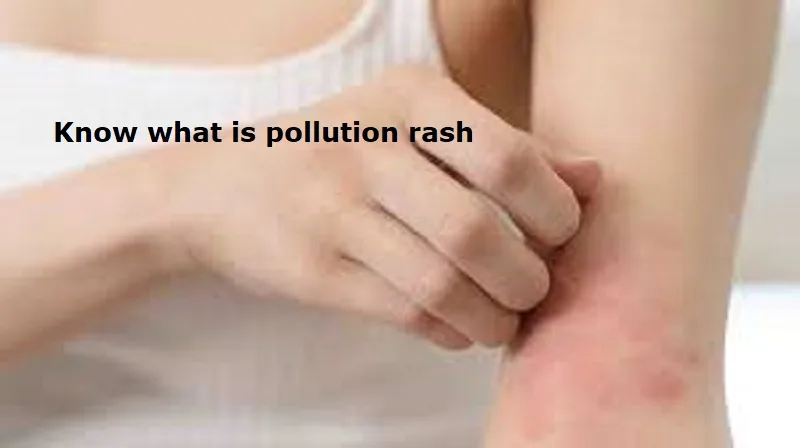
Pollution rash is a skin condition triggered by exposure to environmental pollutants. Airborne contaminants like particulate matter (PM), nitrogen dioxide (NO?), sulphur dioxide (SO?), and ground-level ozone can penetrate the skin’s barrier, leading to inflammation and irritation. This exposure can result in various skin issues, including rashes, eczema, and contact dermatitis.
Air pollutant exposure plays a role in the development of inflammatory skin diseases, skin accessory diseases, immune-related skin diseases, and skin tumors. A recent WHO report highlighted that prolonged exposure to polluted air can weaken the skin barrier, leading to conditions like pollution rash.
Signs and symptoms of pollution rash
1. Redness and inflammation
The skin may appear red and feel warm to the touch due to inflammatory responses.
2. Itching or burning sensation
Pollutants can irritate nerve endings, causing discomfort.
3. Dryness and flakiness
Exposure can disrupt the skin’s moisture balance, leading to dryness.
4. Acne and breakouts
Pollutants can clog pores, resulting in acne formation.
Also Read: Signs you’re having trouble digesting protein
5. Hyperpigmentation
Prolonged exposure may lead to dark spots or uneven skin tone.
A review in the Indian Journal of Dermatology, Venereology, and Leprology highlighted that tropospheric ozone exposure is associated with conditions like urticaria, eczema, contact dermatitis, and rashes .
Preventive measures of pollution rash
To protect your skin from pollution-induced rashes follow these preventive measures.
1. Regular cleansing
Wash your face and exposed skin areas twice daily to remove pollutants. Use a gentle, pH-balanced cleanser to avoid stripping natural oils.
2. Moisturise
Apply a good-quality moisturiser to strengthen the skin barrier, preventing pollutant penetration.
3. Sun protection
Use broad-spectrum sunscreen daily. UV rays can exacerbate the harmful effects of pollutants on the skin.
4. Antioxidant-rich skincare
Incorporate products containing antioxidants like vitamin C and E to combat oxidative stress caused by pollutants.
5. Protective clothing
Wear long sleeves, scarves, and hats to minimise skin exposure, especially on high pollution days.
6. Indoor air quality
Use air purifiers and keep indoor plants to reduce indoor pollution levels.
7. Stay informed
Monitor local AQI levels and limit outdoor activities when pollution levels are high.
Consult a dermatologist
If you experience persistent skin issues or rashes despite taking preventive measures, consult a dermatologist.

Post Your Comments